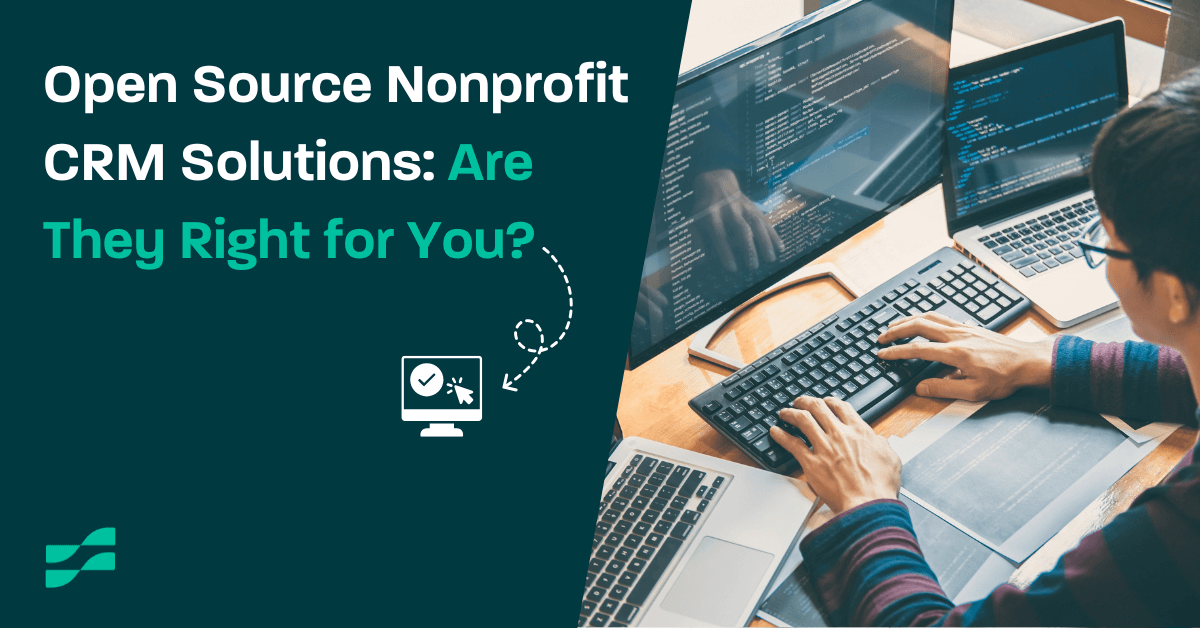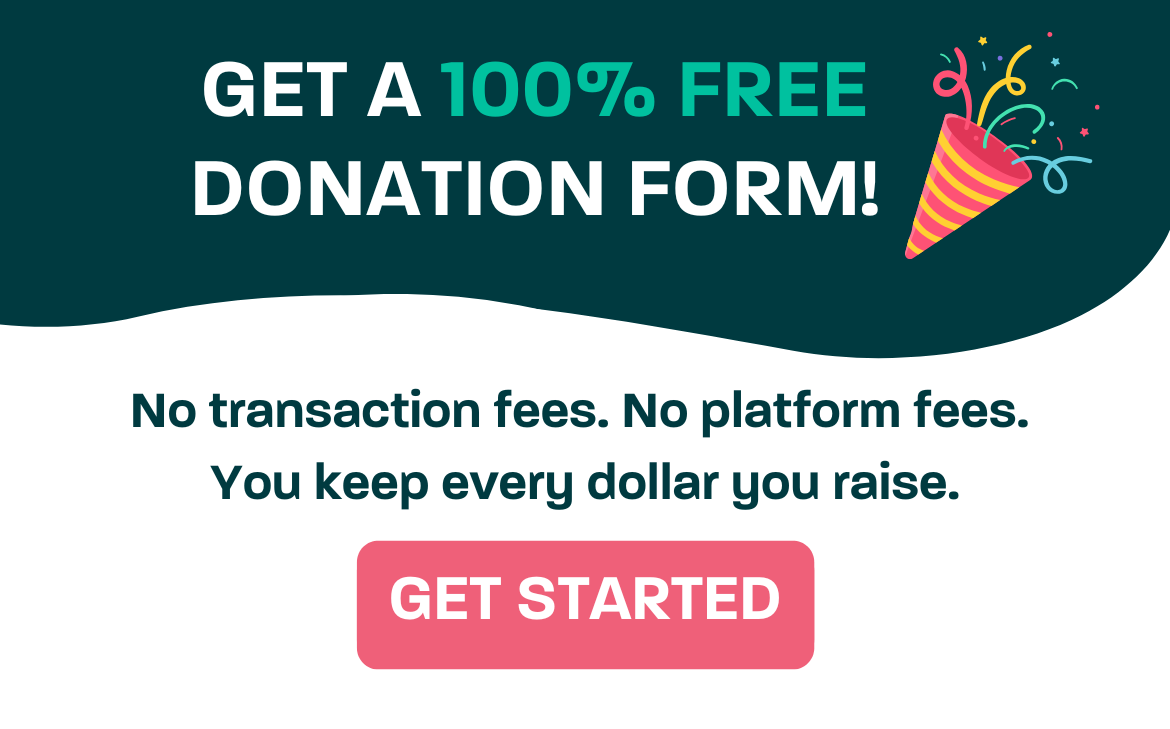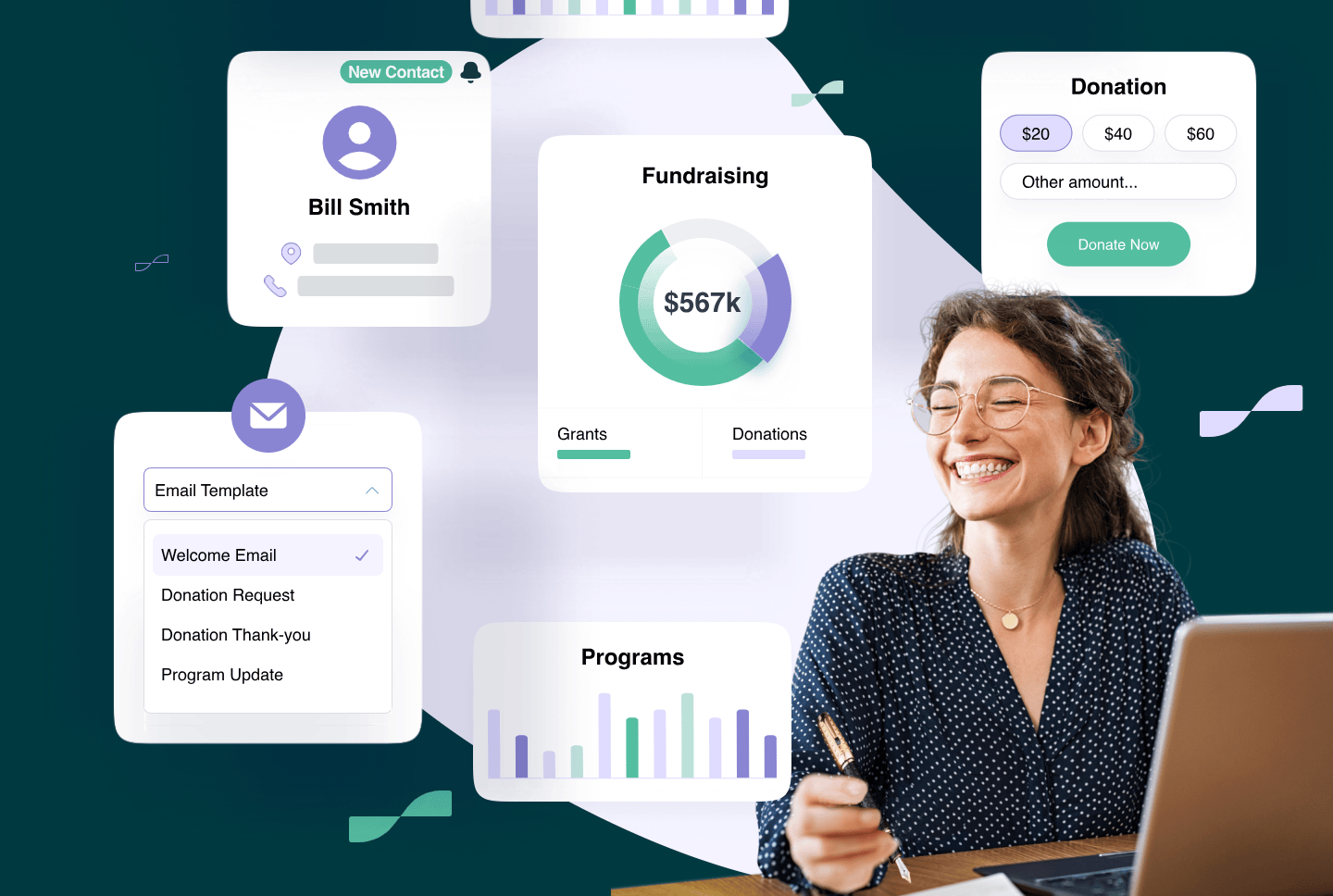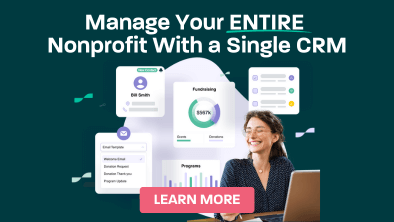
As nonprofits strive to maximize their impact while minimizing costs, many are turning to open source nonprofit CRM solutions.
But what exactly is an open source nonprofit CRM, and is it the right fit for your organization?
In this comprehensive guide, we’ll delve into the ins and outs of open source nonprofit CRM systems, exploring who they’re best suited for, their pros and cons, and how to choose the right one for your nonprofit.
What is an Open Source Nonprofit CRM?
An open source nonprofit CRM (Customer Relationship Management) is a software platform that enables nonprofit organizations to manage their interactions with donors, volunteers, and other stakeholders.
The term “open source” refers to the software’s source code being publicly accessible, allowing users to modify, enhance, and distribute it freely.
This approach empowers nonprofits to tailor the CRM to their specific needs without the constraints of proprietary software.
Open source nonprofit CRM solutions offer a range of features, including donor management, event planning, volunteer tracking, and reporting capabilities to help nonprofits streamline their operations, improve communication, and ultimately enhance their mission-driven efforts.
Who is Open Source Nonprofit CRM Right For?
Open source nonprofit CRM solutions can be a great fit for organizations with specific characteristics and needs. Here are some scenarios where an open source nonprofit CRM might be the right choice:
- Tech-Savvy Organizations: Nonprofits with in-house technical expertise or access to IT professionals may find open source solutions appealing. The ability to customize and modify the software requires a certain level of technical proficiency.
- Unique Requirements: Nonprofits with specialized needs that aren’t fully addressed by off-the-shelf solutions can benefit from the flexibility of open source software. The ability to modify the code allows for tailored solutions that align with specific organizational goals.
- Collaborative Culture: Organizations that value collaboration and community involvement may appreciate the open source ethos. Many open source projects thrive on community contributions, fostering a sense of shared ownership and innovation.
- Long-Term Vision: Nonprofits with a long-term perspective on technology investments may prefer open source solutions. The absence of vendor lock-in and the potential for continuous development can align with strategic goals.
Pros and Cons of Open Source Nonprofit CRM
Like any technology solution, open source nonprofit CRM systems come with their own set of advantages and challenges. Understanding these pros and cons can help nonprofits make informed decisions.
Pros
- Flexibility and Customization: Open source software offers unparalleled flexibility. Nonprofits can tailor the CRM to their unique needs, adding or removing features as required. This adaptability ensures that the software evolves with the organization’s changing requirements.
- Community Support: Many open source projects have active communities that provide support, share knowledge, and contribute to software improvements. This collaborative environment can be a valuable resource for nonprofits seeking assistance.
- Transparency: Open source software is transparent by nature. Nonprofits can review the code, ensuring that the software aligns with their security and privacy standards. This transparency fosters trust and accountability.
- No Vendor Lock-In: With open source nonprofit CRM solutions, organizations are not tied to a single vendor. This freedom allows nonprofits to switch providers or bring development in-house if necessary, reducing dependency on external entities.
Cost (Pro & Con): Cost can be both a pro and con. One of the most significant advantages of open source nonprofit CRM solutions is cost savings. Without licensing fees, organizations can allocate their budgets to customization, training, and support. But nonprofits should be careful. If the software requires consultants to set up and customize, costs can escalate quickly.
Cons
- Technical Expertise Required: While open source software offers customization, it also demands technical expertise. Nonprofits without in-house IT capabilities may face challenges in implementing and maintaining the system.
- Limited Support: Unlike proprietary solutions with dedicated customer support, open source projects may lack formal support channels. Nonprofits may need to rely on community forums or hire external consultants for assistance.
- Complexity: The flexibility of open source software can lead to complexity. Customization efforts may require significant time and resources, potentially delaying implementation.
- Security Concerns: Open source software can be vulnerable to security risks if not properly maintained. Nonprofits must stay vigilant in applying updates and patches to protect sensitive data.
- Integration Challenges: Integrating open source nonprofit CRM solutions with existing systems can be challenging. Nonprofits may need to invest additional resources in ensuring seamless data flow between platforms.
A Simpler, More Affordable Alternative
While open source nonprofit CRM solutions offer unique advantages, they may not be suitable for every organization.
For nonprofits seeking a customizable, all-in-one software solution that is more affordable and easier to get started, Sumac CRM is an excellent alternative.
Sumac can be customized for your nonprofit’s unique programs and data without costly consultant setup fees, and without the complexity and data security issues that come with open source nonprofit CRM solutions.
Key Benefits of Sumac CRM
- Ease of Use: Sumac CRM requires zero technical expertise to get up and running. Its user-friendly and intuitive interface ensures that staff can quickly adapt to the system.
- Customization Options: While not open source, Sumac CRM offers a high degree of customization. Nonprofits can tailor the software to their specific needs, ensuring that it aligns with their unique workflows.
- Affordable Pricing: Sumac CRM provides an affordable pricing structure starting at just $49/month, allowing nonprofits to access powerful CRM capabilities without breaking the bank. This cost-effectiveness makes it an attractive option for organizations with limited budgets.
- Comprehensive Support: Unlike many open source solutions, Sumac CRM offers dedicated, live customer support at no additional charge. Nonprofits can rely on expert assistance for implementation, training, and ongoing maintenance.
- Seamless Integration: Sumac CRM integrates seamlessly with other systems, ensuring a smooth flow of data across platforms. This integration capability enhances operational efficiency and reduces data silos.
- Security and Compliance: Sumac CRM prioritizes security and compliance, safeguarding sensitive organizational data. Nonprofits can trust that their information is protected in accordance with PCI, HIPAA, and PIPEDA industry standards.
How to Choose an Open Source Nonprofit CRM
Selecting the right open source nonprofit CRM requires careful consideration of various factors. Here’s a step-by-step guide to help nonprofits make informed decisions:
- Assess Your Needs: Begin by evaluating your organization’s specific needs and goals. Consider the features and functionalities that are essential for your operations. Identify any unique requirements that may necessitate customization.
- Evaluate Technical Expertise: Determine whether your organization has the technical expertise to implement and maintain an open source nonprofit CRM. If not, consider hiring external consultants or partnering with a technology provider.
- Research Available Options: Explore nonprofit CRM solutions available in the market. Look for projects with active communities, regular updates, and a track record of successful implementations like CiviCRM and Salesforce for nonprofits.
- Test and Compare: Conduct trials or demos of shortlisted CRM solutions. Evaluate their usability, customization options, and compatibility with your existing systems. Compare the pros and cons of each option to determine the best fit.
- Consider Community and Support: Assess the level of community support and available resources for each CRM solution. A vibrant community can be a valuable asset for troubleshooting and knowledge sharing.
- Plan for Implementation: Develop a detailed implementation plan, including timelines, resource allocation, and training requirements. Ensure that all stakeholders are aligned with the plan and understand their roles.
- Budget for Customization and Support: While open source software is free, customization and support may incur costs. Allocate a budget for these activities to ensure a smooth implementation and ongoing maintenance.
- Prioritize Security: Security should be a top priority when selecting an open source nonprofit CRM. Verify that the software adheres to industry best practices and implement necessary security measures to protect sensitive data.
- Monitor and Adapt: Once the CRM is implemented, continuously monitor its performance and gather feedback from users. Be prepared to make adjustments and enhancements as needed to optimize its effectiveness.
Conclusion
Open source nonprofit CRM solutions offer a world of possibilities for organizations seeking flexibility, customization, and cost savings. However, they also come with challenges that require careful consideration.
By assessing your organization’s needs, technical capabilities, and long-term goals, you can determine whether an open source nonprofit CRM is the right fit.
For nonprofits looking for an alternative that combines affordability, ease of use, and comprehensive support, Sumac nonprofit CRM stands out as a powerful option.
It’s designed specifically for nonprofits, offering a comprehensive suite of features to streamline operations, enhance reporting, and centralize data management. Moreover, with Sumac CRM, nonprofits can enjoy the benefits of a robust CRM solution without the complexities of open source software.
Whether you choose an open source nonprofit CRM or opt for a solution like Sumac CRM, the key is to select a platform that aligns with your organization’s values, goals, and resources. By doing so, you’ll be well-equipped to navigate the complexities of nonprofit management and drive meaningful change in your community.





